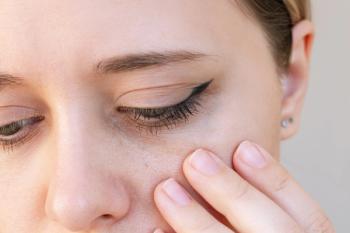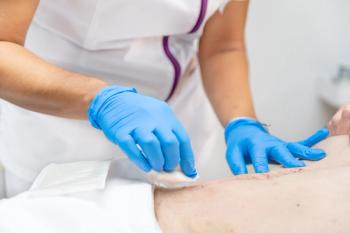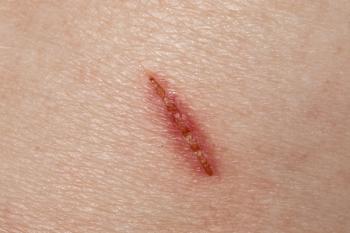
New Study Champions Honey to Help Wounds Heal
Honey has long been known to have remarkable antimicrobial and tissue-regenerative properties.
Honey has long been known to have remarkable antimicrobial and tissue-regenerative properties, and a new study by scientists from the University of Manchester, suggests that honey should be exploited fully to help wounds heal.
“Honey has been used to treat wounds by various cultures since ancient times and can support all stages of wound healing—from bleeding to tissue remodeling—preventing infections through its natural antimicrobial properties,” said study author Joel Yupanqui Mieles, a postgraduate researcher at the University of Manchester. “These properties, result from its ability to generate hydrogen peroxide and the presence of other active compounds, including phenols, defensin-1, and methylglyoxal (found in manuka honey).”
Additionally, honey’s moisture, sugar content and low pH also promote the regeneration of damaged tissue.
The published study is a review of more than 250 articles over 85 years that covered honey’s antimicrobial and wound healing properties, with a special focus on potential tissue engineering applications.
“I also tested hydrogen peroxide production in British honeys (Chester, Glossop and Haughton) as a comparison to the production levels reported in our article, and found similarities in magnitude but challenges in consistency across batches,” Mieles says.
He explains that a range of both gram-positive and gram-negative bacteria, including antibiotic-resistant strains (superbugs) and biofilms, are inhibited by honey. Honey’s antimicrobial activity also includes the ability to kill or slow the spread of fungi and viruses.
“Honey’s commercial and medical uses, and its experimental use in tissue engineering techniques is continuously growing,” Mieles says. “Currently, electrospun nanofibres, hydrogels and cryogels, foams, films, powders, cements, and bioinks have been utilized to fabricate honey-based scaffolds to improve the delivery of its compounds to a wound site, maximizing its effectiveness over desired periods.”
Several past studies have shown that susceptibility to antibiotics can be restored when used synergistically with honey.
“This could be a valuable natural tool that can significantly support our battle against antibiotic resistance, that according to the World Health Organization is one of the biggest threats to global health, food security, and development,” Mieles says.
In the UK, there is a range of commercially available medical-grade honey-based and honey-inspired products for use in wound care, with clear indications and clinical evidence. Still, Mieles notes more research is required to identify and quantify the compounds that give honey its antimicrobial and wound healing properties to make it more reliable and standardized.
“This work requires the support and expertise of healthcare clinicians to produce reliable data from case studies, particularly in chronic wounds,” he says. “Honey’s mechanisms have the potential to support some of the most frequent types of chronic wounds such as venous ulcers, arterial ulcers, diabetic foot ulcers, and pressure ulcers (bedsores). Chronic wounds usually present a delayed healing process, implicating increased pain and reduced quality of life to the patient, as well as an additional financial burden on healthcare systems.”
The rise of antibiotic resistance also introduces the need for alternative antimicrobials and wound care products, which is why alternatives such as honey and honey-inspired products should be given more attention as viable options.
Reference
1. Yupanqui Mieles, J., Vyas, C., Aslan, E., Humphreys, G., Diver, C., & Bartolo, P. (2022). Honey: An Advanced Antimicrobial and Wound Healing Biomaterial for Tissue Engineering Applications. Pharmaceutics, 14(8), 1663.
Newsletter
Like what you’re reading? Subscribe to Dermatology Times for weekly updates on therapies, innovations, and real-world practice tips.

















